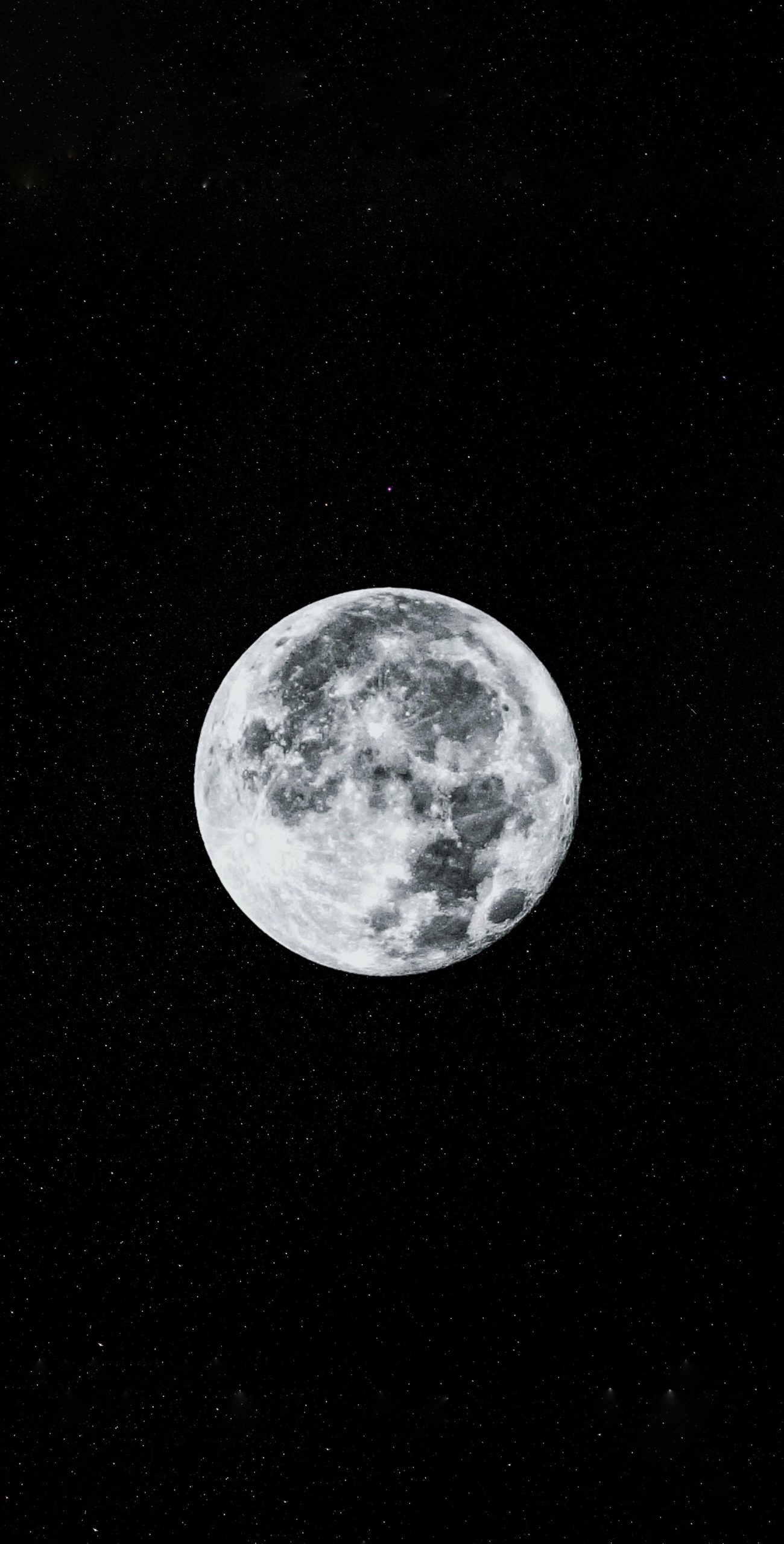The Phases of the Moon: A Fascinating Celestial Journey
The moon, our closest celestial neighbor, has captivated humanity since the dawn of time. As we gaze up at the night sky, its ever-changing appearance never fails to seize our attention. From a young sliver in the sky to a full glowing orb, the moon goes through a mesmerizing series of phases. But what exactly causes these phases? How frequently do they occur? Join us on an astronomical journey as we unravel the mysteries of the moon’s captivating phases.
The Lunar Cycle
The moon takes approximately 29.5 days to complete a full cycle, known as a lunar month or synodic month. During this time, it goes through a continuous series of changes in its appearance, reflecting different proportions of sunlight as seen from Earth.
Understanding the lunar cycle is crucial to comprehending the phases of the moon. To make it easier to visualize, let’s divide the lunar cycle into eight distinct phases:
- New Moon: At the start of the lunar cycle, the moon sits between the Earth and the Sun, appearing as a thin, almost invisible crescent or dark disk. This moment marks the beginning of the moon’s journey through its phases.
- Waxing Crescent: Gradually, a small sliver of the moon becomes visible on the right side, slowly growing brighter as it reflects sunlight. This phase is often referred to as the “young moon.”
- First Quarter: When exactly half of the moon’s visible surface is illuminated, we reach the first quarter or the half-moon phase. The name can be misleading since it looks like half of the moon is being covered.
- Waxing Gibbous: As the moon continues its journey, more than half of its surface is now visible. The illuminated portion grows larger each night, reaching the stage known as waxing gibbous.
- Full Moon: When the Earth, moon, and Sun align perfectly, with the Earth in the middle, we witness the full moon. This captivating phase showcases the complete illumination of the moon’s face, shining brilliantly throughout the night.
- Waning Gibbous: After reaching its peak, the illuminated portion starts to decrease. This phase, known as waning gibbous, reveals a progressively smaller portion of the moon.
- Last Quarter: Once again, half of the moon’s surface is visible, but this time, it is the left side that appears illuminated. This phase, often recognized as the “half-moon,” marks the final quarter of the lunar cycle.
- Waning Crescent: The moon’s visible surface continues to shrink, forming a thin crescent shape on the left side. This dimly lit phase is also called the “old moon.”
The Science behind the Phases
Understanding the science behind the phases of the moon clarifies why they occur and why they follow a predictable pattern. The primary factor at play is the moon’s revolution around the Earth and its positioning relative to the Sun’s light.
As the moon orbits the Earth, different portions of its illuminated face become visible to us. The phases correspond to the apparent positions of the moon in relation to the Sun and Earth.
During the new moon phase, the moon is positioned between the Earth and the Sun, with the unilluminated side facing Earth. As it moves along its orbit, the moon gradually reveals more of its illuminated hemisphere to us.
When the moon reaches the first quarter, it has completed approximately one-quarter of its orbit around the Earth. At this point, the Sun illuminates half of the moon’s face, which is why it appears as a half-moon from our vantage point.
As the moon continues its orbit, the illuminated portion grows larger, leading up to the full moon. The moon and the Sun are on opposite sides of the Earth, resulting in the full illumination of its face as seen from our planet.
After the full moon, the illuminated portion begins to diminish, returning to its half-moon shape at the last quarter phase. Finally, the moon completes its cycle and begins again with the new moon phase.
Additional Factors Influencing the Moon’s Appearance
While the lunar cycle and the relative positions of the Earth, moon, and Sun primarily govern the moon’s phases, there are a few other factors that can influence its appearance.
The Earth’s atmosphere plays a role in shaping the moon’s visual characteristics. Dust, water vapor, and pollutants in our atmosphere can scatter light, affecting the moon’s brightness and sometimes giving it a reddish hue. This phenomenon is particularly noticeable during celestial events, such as lunar eclipses and atmospheric conditions, like smog or significant volcanic activity.
The moon’s path around the Earth is also not a perfect circle but rather an ellipse, which means its distance from us can vary. As a result, the apparent size of the moon can change slightly from one phase to another. However, this variation is generally imperceptible to the naked eye.
Appreciating the Moon’s Phases
Observing the phases of the moon can be a remarkable experience, connecting us with the vastness of space and the celestial wonders it holds. From ancient cultures using the lunar cycle for agricultural planning to modern-day stargazers marveling at the moon’s beauty, the moon’s phases have held significance throughout history.
Whether you appreciate the moon’s changing face for its poetic allure or scientific marvel, understanding the phases adds depth to our appreciation of this celestial body. Next time you find yourself gazing at the night sky, take a moment to acknowledge the moon’s captivating journey through its phases and reflect on the wonders of the universe that surround us.
Table of Contents
